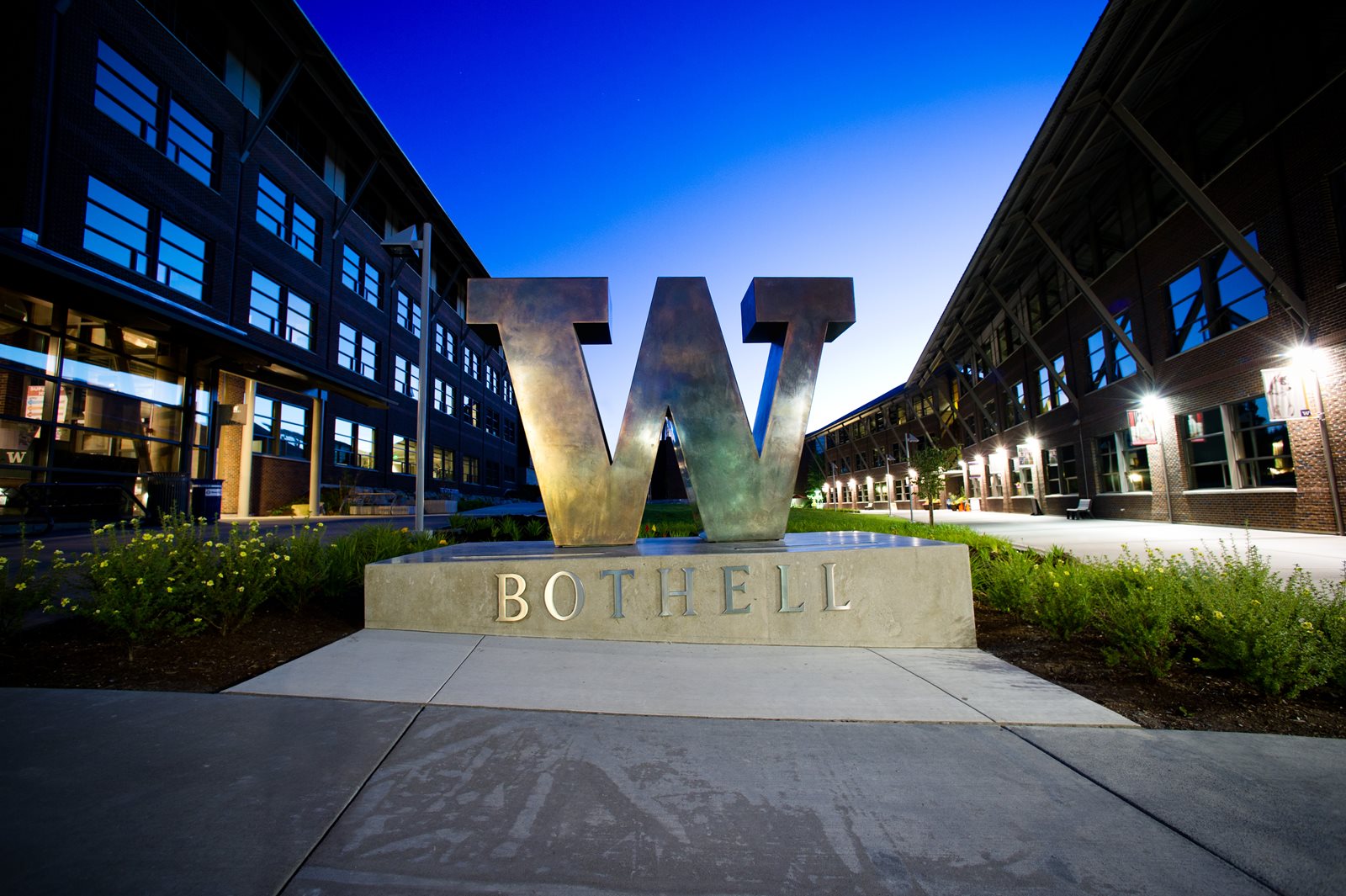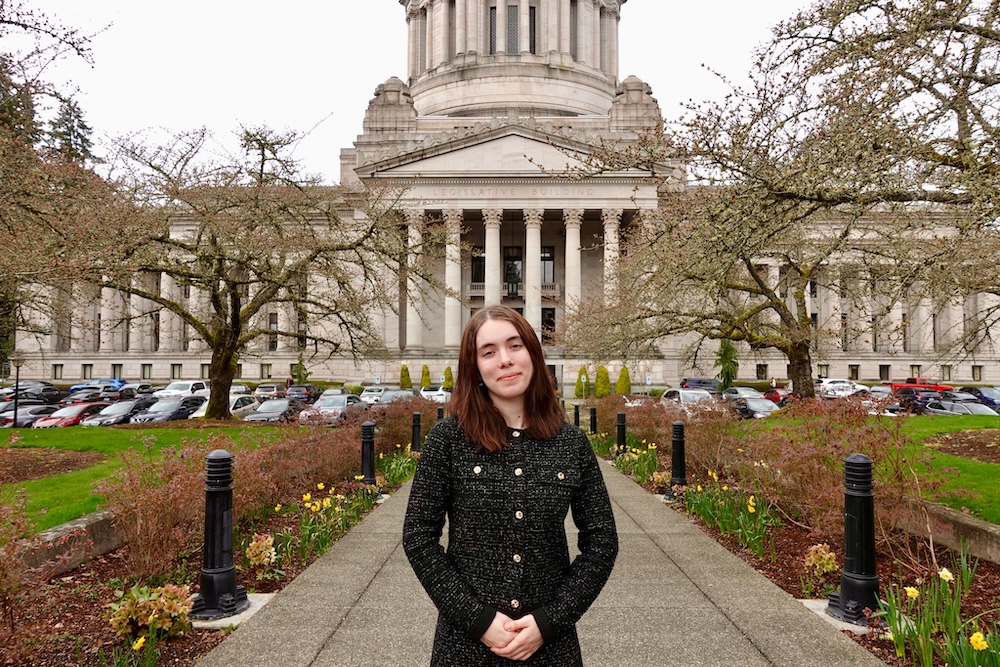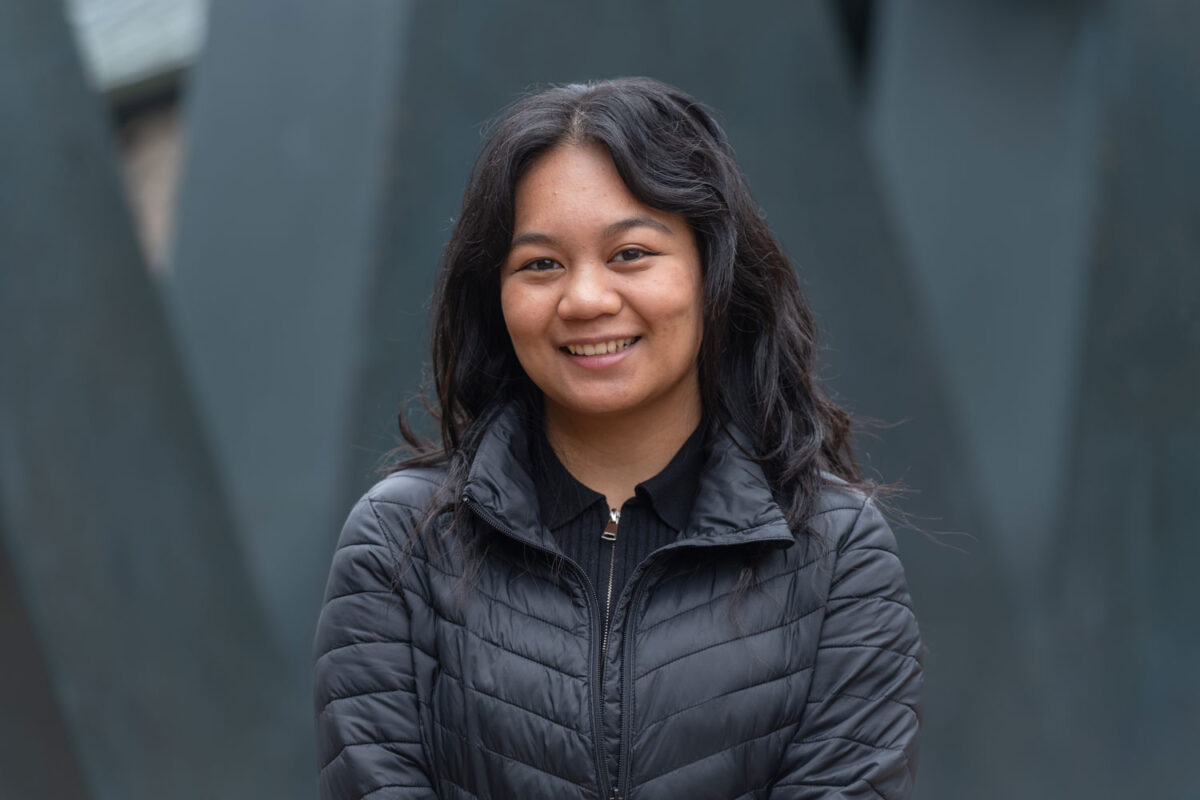
BOTHELL, Washington — Student enrollment figures released for the 2018-19 academic year demonstrate the commitment of the University of Washington Bothell to provide access to an excellent UW education and, in particular, to serve a diverse and often underserved population.
“For me, access is not just offering admission to our array of academic programs,” said Chancellor Wolf Yeigh. “Access at UW Bothell means connecting people in our community with the opportunity to learn and to transform.”
UW Bothell’s commitment to increasing access to a UW education includes offering evening, offsite, online, hybrid and certificate programs that help make it possible for more students to pursue higher education.
Of the 781 incoming first-year students in fall quarter, 96 percent are Washington residents, with 58 percent coming from King County and 28 percent from Snohomish County. Fifty percent (390) would be the first in their immediate families to earn a four-year degree.
Of the 773 incoming transfer students, 89 percent are Washington residents — and 39 percent (300) would be the first in their immediate families to earn a four-year degree. Of the incoming transfer students, 89 percent are transferring from a Washington state community college.
40 percent of incoming first-year students and 33 percent of incoming transfers are eligible for Federal Pell Grants, the federal aid to students in financial need.
Known for the diversity of its student population — as measured by a variety of factors — UW Bothell has also been recognized for innovations in academic programming and support services designed to help students graduate on time and debt free.
In the 2017-18 academic year, UW Bothell graduated 1,964 students and 1,142 — or 58 percent — had zero debt. Among the 1,705 undergraduates, 999 (or 59 percent) had zero debt. Among the 259 graduate students, 143 (or 55 percent) had zero debt.
Overall, 29 percent of UW Bothell students are enrolled in first-year and pre-major programs. Of the students in a major field of study, the percentages are as follows:
- 26 percent are in the School of Science, Technology, Engineering & Mathematics
- 16 percent are in the School of Interdisciplinary Arts & Sciences
- 16 percent are pursuing degrees in the School of Business
- 9 percent are in the School of Nursing & Health Studies
- 4 percent are in the School of Educational Studies
Among all students at UW Bothell, the top five cities of residence are:
- Seattle (14 percent)
- Bothell (7 percent)
- Lynnwood (7 percent)
- Bellevue (6 percent)
- Everett (6 percent)
Here is another demographic snapshot of the UW Bothell student body:
- 37 percent White
- 29 percent Asian
- 10 percent international (nonresident alien)
- 9 percent Hispanic or Latino
- 6 percent Black or African American
- 6 percent indicated two or more races
- Less than 1 percent indicated Native American or Alaska Native
- 2 percent did not indicate a race or ethnicity
UW Bothell has a total student body of 5,989. There are 5,411 undergraduate students and 578 graduate or professional students enrolled this fall. The average class size is 30 for undergraduates and 17 for graduate/professional students.
“Students who succeed at UW Bothell return to our regional communities and make an impact,” said Yeigh. UW Bothell currently has 20,768 alumni of whom 86 percent (or 17,903) live and work in the state of Washington.
Read more about UW-wide enrollment here.
# # #
Excerpts from The Seattle Times September 30, 2018, editorial:
“In addition to academic tutoring common at most colleges, UW Bothell smartly reaches out directly to struggling students. The college is piloting an “early warning system” that alerts counselors when a student is missing class or has done poorly on homework assignments or tests. The counselors ask the students what help they need. Often, something other than school work is the issue, according to Cinnamon Hillyard, associate vice chancellor for undergraduate learning.
“The college is building up its funds for student-emergency loans, because last-minute expenses can derail college dreams. UW Bothell has opened a food bank on campus. They’re experimenting with new ways of sharing critical information with students, such as text messages and the campus “Bathroom Stall Times.” They hold financial aid form pizza parties. And they’re trying out new ways to integrate their commuter students into the campus culture and clubs.
“UW Bothell has a package of interventions that is moving the needle toward graduation.”



